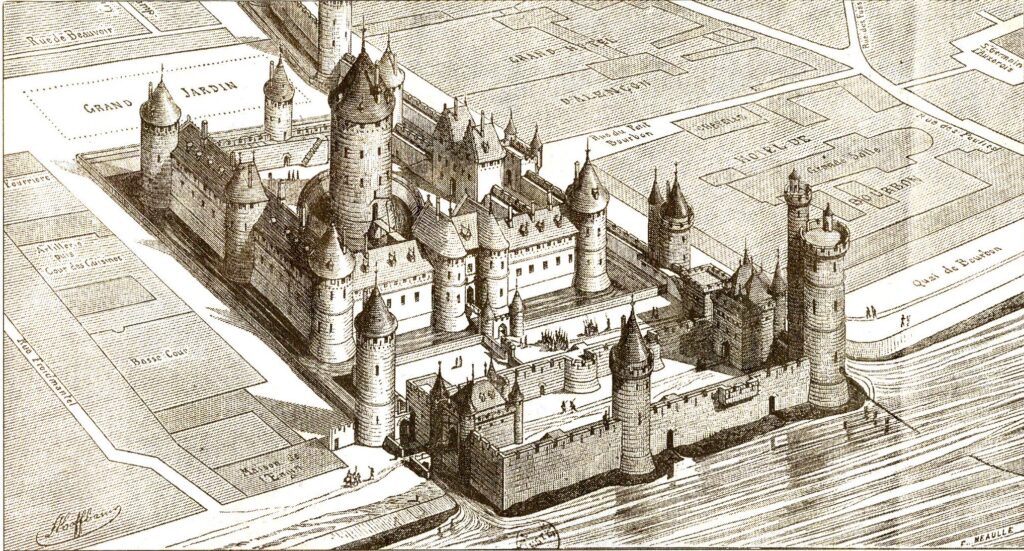+33 (0)1 40 41 96 42
The Louvre Museum is one of the largest museums in the world with 60,000 sq. m of exhibits and some 460,000 works, of which “only” 35,000 works are on display for the public!
With 9 million visitors per year, it is also the most frequently visited museum in the world.

The Louvre was originally a fortress built in 1190 by the King of France, Philippe Auguste. The foundations of this Medieval castle can still be seen today inside the museum (free entry).
The Palais Royal was transformed on a number of occasions. The famous square courtyard was built under Louis XIII and Louis XIV.
Although the Louvre became a national museum after the French Revolution, the compilation of royal collections truly began to take shape under Louis XI, culminating with the revolution under the reign of Louis XVI.
The first plans to make the Louvre into a museum took shape under Louis XIV. In 1793, a portion of the Louvre became a national museum. The growth of the collections continued under Napoleon, Louis XVIII, Charles X, Louis Philippe and Napoléon III…and to this day.
François Mitterrand gave an important boost to the museum: the Ministry of Finance, which occupied one wing of the palace, was moved and the “Grand Louvre” project was launched in order to expand and renovate the museum. This project resulted in the famous glass pyramid.
This project also led to the construction of new traffic lanes and underground parking spaces, eliminating nearly all vehicles from the entire area between the Louvre and the Tuileries Gardens, making it one of the most beautiful heritage sites in the world.
The museum collections are divided into 8 departments:
To see the schedule of temporary collections, events and performances, go to http://www.louvre.fr/en/homepage.
It would be impossible to see everything in one day, or even one week. If you looked at each work for 30 seconds, you would need to spend 36 full 8-hour days in the museum in order to see everything. You will therefore need to set your priorities during your visit.
Expect to spend at least 3 hours in the museum.
Choose a better time
For a stress-free visit, arrive at 9 a.m., at the end of the day or in the evenings until 10 p.m. on Wednesdays and Fridays
Do not enter through the Pyramid
All the tourist groups use this as their meeting point. Instead, use the entrance located in the Carrousel du Louvre shopping center at 99 rue de Rivoli.
Do not buy your tickets at the museum
Avoid the lines! The Hôtel le Relais du Louvre will take care of everything. You can either:
See the Wikipedia page at https://en.wikipedia.org/wiki/Louvre
Opening hours:
Closed on:
Information on opening hours and prices: http://www.louvre.fr/horaires-et-tarifs
Musée du Louvre
99, rue de Rivoli – 75001 Paris

19, rue des Prêtres-Saint-Germain-l'Auxerrois
75001 Paris
+33 (0)1 40 41 96 42